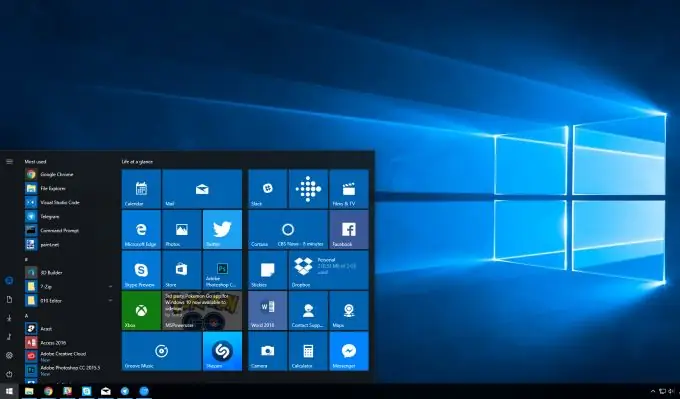In the good old versions of Windows, there was a Startup folder in Start, where you can put any program. But in Windows 10, there is no such folder, so adding the program to startup became a problem for many. How can this be done?

Startup folder and how to open it
In fact, the "Startup" directory has not gone anywhere, even in Windows 10. It, of course, was removed, but in order to find it, you need to follow the path from the local disk to the startup folder. The standard path to this directory is: Users / Username / AppData / Roaming / Microsoft / windows / Main Menu / Programs / Startup.
It's quite a long way to get to this folder, and it's a little costly to manually enter such a path. Therefore, you can do the same with the shell: startup command instead. It is enough just to start by clicking on the combination of buttons Win + R, and after the window appears, enter the command "shell: startup". All that remains is to press the enter button.
As a result, after executing this command, an open folder with Startup for the user will appear in front of the user. To add any program to Startup in Windows 10, you just need to move the shortcut that launches the program to this folder. For example, you can copy the shortcut of a program directly from the desktop to this directory.
After completing this simple procedure, the program copied to the Startup folder will be launched every time you start the computer or log into a user account.
Using the task scheduler
Another user can add a program to the startup folder in Windows 10 using the "Task Scheduler". This one is most convenient because it makes it possible to add any programs to startup with a slight delay from the moment the computer starts. This approach allows you to somewhat reduce those programs that are included immediately after starting the computer. This same approach can help reduce load times.
To use this method, the user needs to do the following:
- Launch the task scheduler using the Win + R combination and enter the "taskschd.msc" command.
- Click on the creation of a simple task (the button is located on the right side of the screen ".
- After the wizard appears, you must enter the name of the task.
- Select the "During computer startup" option.
- Select "Start program".
- Click on the "Browse" button in order to select the program needed to be added to the Startup folder.
- Select the program that you want to run together with the start of the operating system.
The last step will be to check all the actions performed and click on the "Finish" button. The scheduler will immediately create the task and save it.
Using the Windows Registry
Another method of adding a program is by using the registry. However, it is important to know that the registry and its change may entail changes in the operation of the entire system. Therefore, be careful when modifying the registry.
To start, you need to hold down Win + R and enter "regedit", and then in the HCU branch follow the path Software, Microsoft, Windows, Current Version, Run. After finding this registry branch, you need to right-click on an empty space and Create a stock parameter.
The last step is to select the program that you want to add to startup in the window that appears, and then save all the actions performed.






